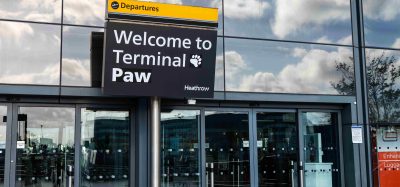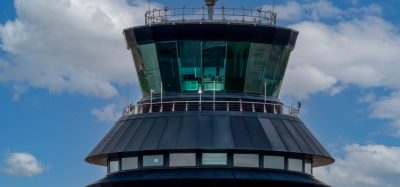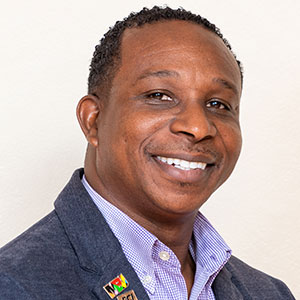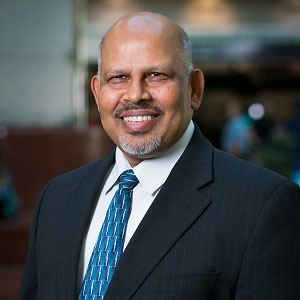Regulatory harmonisation under the Single African Air Transport Market: too ambitious or long overdue?
Posted: 11 June 2025 | Furkan Özdemir | No comments yet
In this article, Furkan Özdemir, Aviation Lecturer at Atilim University, examines the Single African Air Transport Market, the benefits it brings, the progress to date and the challenges it faces.
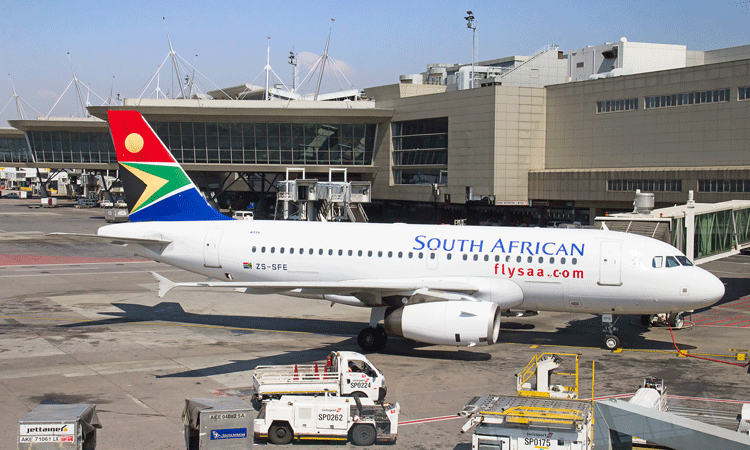

A fundamental component of Africa’s quest for a truly integrated aviation industry has been regulatory harmonisation under the Single African Air Transport Market (SAATM). Harmonisation aims to open new routes, reduce costs and boost economic development through aligned air‑transport legislation, licensing, safety standards and consumer safeguards. However, the size and complexity of reconciling 54 national regulatory systems begs the question: is this aim overly ambitious, or simply long overdue, considering that the Yamoussoukro Decision (YD) requiring liberalisation dates back to January 1999?
Background and objectives of SAATM
Most critically, the SAATM Implementation Protocol aligns domestic legislation with continental rules.
Adopted in 1999, the YD was the first pan‑African accord to liberalise air services by offering freedom of overflight, fifth‑freedom traffic rights and other market-opening measures. Nevertheless, implementation lagged, prompting the African Union (AU) to launch SAATM in January 2018 with a commitment to full liberalisation of intra-African markets. Regulatory harmonisation under SAATM seeks to standardise economic regulation (air‑service licensing, competition rules), safety oversight, security protocols and consumer protection laws. The African Civil Aviation Commission (AFCAC) guides states in developing consistent legal texts. Most critically, the SAATM Implementation Protocol aligns domestic legislation with continental rules. As of mid-2023, 34 countries have signed the SAATM pledge, but only 18 have ratified the Implementation Protocol required for legal harmonisation, up from 32 signatories in 2020 to 35 in 2022.
Progress to date
ICAO and IATA have provided model regulatory texts, capacity-building workshops, and compendia of best practices to support harmonisation. At the same time, the African Development Bank (AfDB) has funded awareness campaigns and technical assistance. Despite these efforts, only 15% of target states have fully adopted harmonised standards. Progress indicators rose modestly, including the number of states applying YD provisions, and some regional corridors (notably in West and East Africa) have seen new routes. Still, vast portions of the continent remain under‑served.
Join us live: Shaping the Next Generation of Hold Baggage and Air Cargo Screening
Join us live for an insightful webinar on 11th December at 14:00 GMT, in collaboration with Smiths Detection, as we explore the strategic balance of operational efficiency, regulatory compliance, and sustainability in high-volume security environments.
This session offers a focused look into future-proofing your security strategy.
Key learning points
- Cost Reduction: Strategies to minimize bag travel time while simultaneously reducing operational costs.
- Regulatory Roadmap: Insights into the next wave of regulatory changes and their impact on future investment decisions.
- Sustainable Systems: Practical approaches to building sustainability into security systems and lowering the total cost of ownership (TCO).
- Scalable Solutions: Real-world examples of scalable systems supporting current airport growth and preparing for tomorrow.
Register now for expert insights, case studies, and actionable strategies on operational efficiency!


The key benefits of harmonisation
A consistent licensing regime eliminates duplicative bilateral negotiations, lowering airlines’ barriers to operating across multiple jurisdictions. IATA estimates that opening 12 key markets could yield 155,000 new jobs and a USD$1.3 billion annual GDP boost. Regional safety oversight organisations (RSOOs) provide harmonised oversight, ensuring consistent application of ICAO standards and recommended practices and reducing accident risk. Standard security protocols streamline passenger and cargo screening across borders. Converging consumer‑protection rules – covering compensation for delays and pricing transparency – build passenger trust and encourage travel. A single framework avoids the patchwork of regulations that confuse airlines and consumers.
Major challenges
States often view aviation regulation as a strategic asset. Relinquishing control over market access and route‑charge fees encounters resistance, particularly where national carriers seek protection, and some governments fear revenue losses from slot allocations. Many African civil‑aviation authorities lack the technical expertise and financial resources to transpose and enforce complex harmonised rules. At the same time, under‑funded RSOOs lead to uneven safety‑oversight capabilities across regions. Translating continental protocols into domestic law requires lengthy legislative amendments, regulatory‑drafting skills and stakeholder consultations, complicated further by divergent legal systems (common law, civil law and customary law). Finally, frequent changes in ministerial leadership and shifting national priorities can stall ratification and implementation, and without sustained, high-level political commitment, including designated SAATM Champions and AU‑summit endorsements, momentum quickly wanes.
Conclusion: ambitious but long overdue
Regulatory harmonisation under SAATM is undoubtedly ambitious, demanding alignment of dozens of sovereign regulatory regimes, extensive capacity‑building and unwavering political resolve. Yet it is also long overdue. The original Yamoussoukro Decision envisioned a liberal, integrated African aviation market over two decades ago. In today’s global economy, regional blocs such as the EU and ASEAN reap scale benefits from standard aviation rules; Africa’s fragmented market underperforms by comparison. Harmonisation remains the linchpin for unlocking the continent’s economic potential – enhanced connectivity, safety, competition and consumer confidence. While the road is steep, the long-term gains make regulatory harmonisation not merely desirable but essential, and scarcely too ambitious given Africa’s aviation aspirations.
Tangible steps to fast‑track harmonisation
- Form a “club of the ready and willing” (CREW). Group the 18+ ratifying states into a fast-track cohort that models best practices, showcasing new intra – African city‑pairs and streamlined licensing as case studies to generate peer pressure.
- Create a dedicated harmonisation fund. Partner with AfDB and ICAO to capitalise a SAATM Regulatory Fund, financing legal drafting, ICT systems and staff training. Tie disbursements to milestones such as model‑law adoption and stakeholder‑consultation workshops.
- Pilot through regional economic communities (RECs). Have ECOWAS, EAC, SADC and others sign intra‑REC MOUs committing members to harmonise licensing, safety and consumer‑rights rules within 6 to12 months. Expand pilot implementation projects in geographic clusters (e.g., Kenya‑, Uganda‑, Tanzania corridor) to generate early‑win route openings.
- Fast-track domestic transposition. Distribute ready-to-adopt model regulatory texts for economic regulation, safety oversight and passenger rights. Encourage expedited parliamentary procedures so SAATM protocols become law within six months of ratification.
- Implement digital monitoring and peer review. Launch a public SAATM Dashboard – maintained by AFCAC/ICAO – that tracks ratification status, implementation scores, and upcoming deadlines, updated quarterly. Institutionalise annual peer‑review audits within RECs, with findings presented at Yamoussoukro Decision Week.
- Align incentives and disincentives. Reward airlines from fully compliant states with extra fifth‑freedom rights and reduced overflight charges, and make access to AU/AfDB aviation infrastructure grants contingent on meeting harmonisation milestones.
- Strengthen institutional capacity. Increase budget and staffing for RSOOs to ensure uniform safety oversight, and run quarterly, multi-lingual regulatory workshops with IATA and AFRAA to build drafting and enforcement expertise.
- Maintain high-level political accountability. Appoint SAATM Champions among Heads of State to secure binding ratification deadlines and enforce consequences, such as loss of grant eligibility, for non-compliance, keeping harmonisation at the forefront of national agendas.


Stay Connected with International Airport Review — Subscribe for Free!
Get exclusive access to the latest airport and aviation industry insights from International Airport Review — tailored to your interests.
✅ Expert-Led Webinars – Gain insights from global aviation leaders
✅ Weekly News & Reports – Airport innovation, thought leadership, and industry trends
✅ Exclusive Industry Insights – Discover cutting-edge technologies shaping the future of air travel
✅ International Airport Summit – Join our flagship event to network with industry leaders and explore the latest advancements
Choose the updates that matter most to you.
Sign up now to stay informed, inspired, and connected — all for free!
Thank you for being part of our aviation community. Let’s keep shaping the future of airports together!
Related topics
Economy, Passenger experience and seamless travel, Passenger volumes, Regulation and Legislation, Route development, Safety, Security






